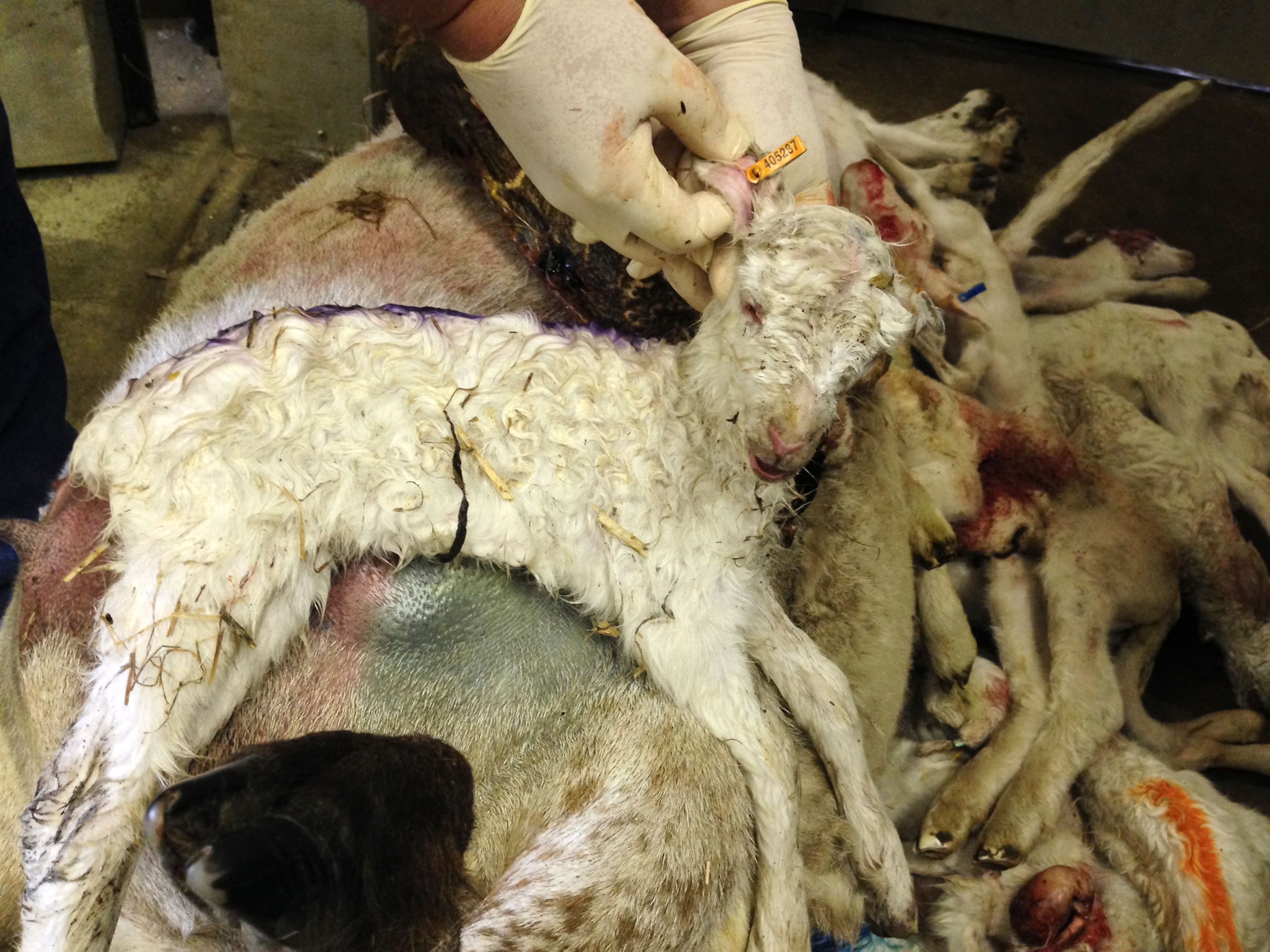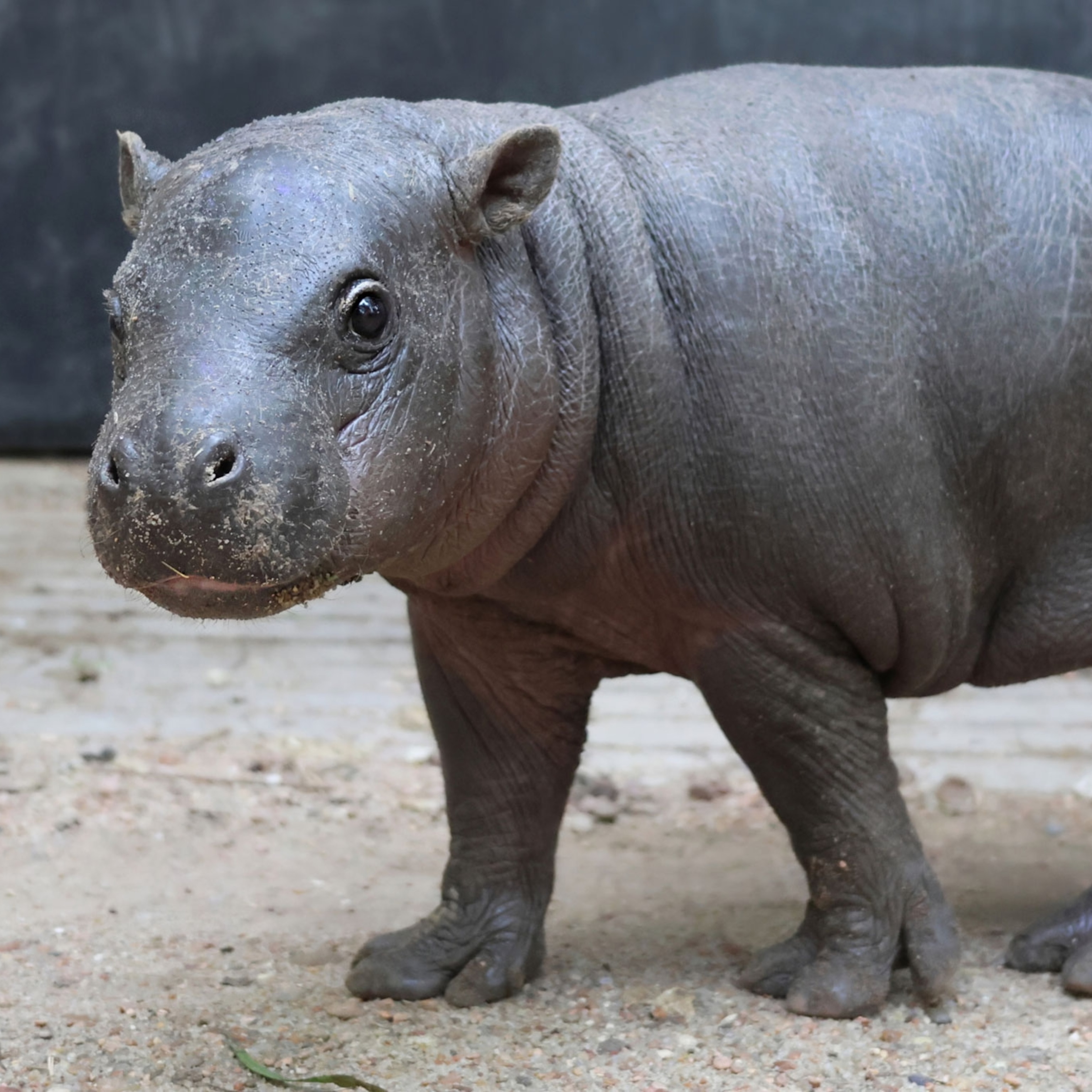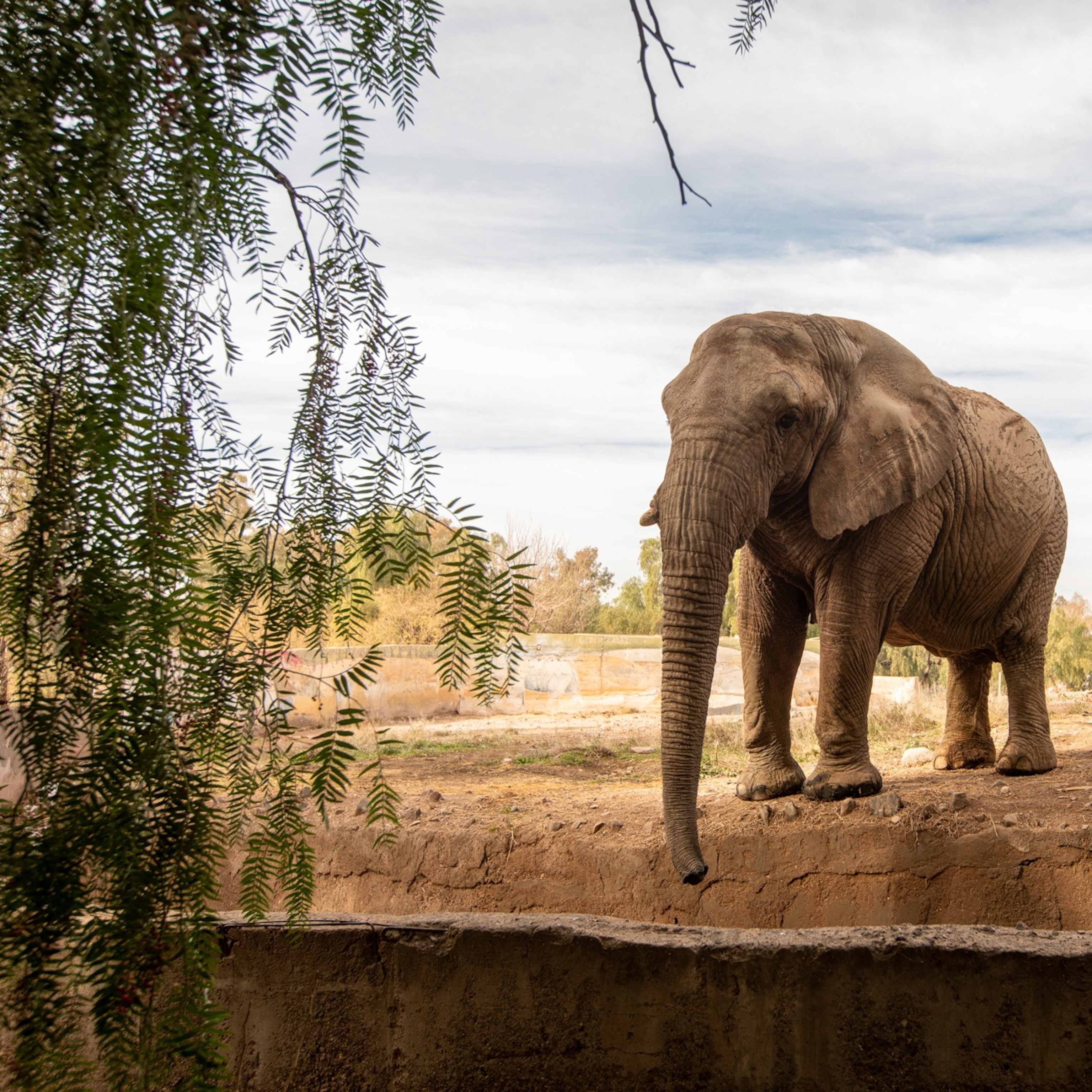
U.S. Backtracks on Purge of Animal Abuse Records—What We Know
Following public outcry, the U.S. government reposts a fraction of animal welfare data. Meanwhile, clues point to the reasons behind the radical deletions.
In early February the U.S. Department of Agriculture (USDA) purged all animal welfare records from its website, preventing the public from easily seeing reports of mistreatment of animals at facilities nationwide. Now, after weeks of fierce criticism from lawmakers, activists, and the public, the agency has put a small fraction of the cache back online.
The USDA has been tight-lipped about why it removed the database, except to say that privacy concerns prompted its decision. The agency has been just as opaque about the reasons for reinstating some records.
The restored records represent a minuscule portion of the 17-year database, and they exclude thousands of inspection reports on puppy mills, private research facilities, and zoos that constitute the public record of commercial animal abuse. Since February 3, those reports have been accessible only by submitting a Freedom of Information Act request, a byzantine process that can take months or even years.
Of the partial restoration, Wayne Pacelle, CEO of the Humane Society of the United States, says, “It’s a start, but we’re not satisfied.”
Much remains unclear about the database’s status and future, but here’s what we know—and what we’re still in the dark about.
WHAT WE HAVE
The USDA re-posted some reports. What exactly do we have back?
The records that are once again accessible include inspection reports for research facilities run by the federal government, as well as some annual reports for private and federal research facilities. The annual reports—which cover the years 1999 through 2007 and 2013 through 2015—reveal the species and numbers of animals tested on at each facility, along with the pain levels suffered in a given year. In addition, the agency put back online its annual summary reports on the nationwide use of research animals.
What these reports don’t show are any details about potential abuse—we know only which and how many animals were being used for research.
What’s more, only nine federal research facilities are inspected by the USDA, but there are some 1,100 public and private research facilities nationwide. Inspection reports of private research facilities have not been reinstated.
Are the re-posted research facility reports useful?
Yes: they give some big-picture information about research animals in the United States. For instance, the agency reuploaded an annual report from 2015 showing that more than 800,000 animals protected by the Animal Welfare Act—including dogs, cats, rabbits, guinea pigs, and other animals—were used in testing nationwide that year. Of those, 40 percent underwent testing that caused pain.
The reports also show that 2015 marked a major improvement over 2008, when almost a million animals were used in testing and 46 percent of them suffered pain. In fact, the reports show a consistent annual reduction over the course of seven years in both the overall number of test animals and the number of animals in pain.
This significant shift is vital to the public’s understanding of animal testing, and without those reuploaded reports, the public would have been in the dark.
What exactly is the Animal Welfare Act?
The Animal Welfare Act is the only federal law in the U.S. that regulates the treatment of animals in research (laboratories), exhibition (zoos, circuses, aquariums), and transport, as well as by dealers (puppy mills, breeders). The USDA Animal and Plant Health Inspection Service (APHIS) enforces the law, setting minimum standards of care that every facility must provide for its animals. Exempt are mice, rats, and birds used in research and animals farmed for food or fur, except when they’re being transported. Horses are protected under a separate law, the Horse Protection Act.

WHAT WE DON’T HAVE
Everything else: inspection reports and annual reports for private research facilities, puppy mills, zoos, breeders, and every other commercial animal enterprise in the U.S. The USDA oversees about 9,000 entities, and have restored inspection reports for just nine.
Six organizations—including PETA, Born Free USA and The Physicians Committee For Responsible Medicine—that filed a joint lawsuit earlier this month announced that the reinstated data are insufficient to stop them from continuing legal action if all the records aren’t put back online. The Humane Society, who delivered their own legal warning, concurs. Wayne Pacelle describes the removal as an “untenable position” for the USDA, believing that the agency has replenished some of the records in an attempt to “try to let a little air out of the balloon” and see if the public pressure abates.
Records that make it possible for journalists to report on animal abuse—such as those underpinning Mother Jones’s reports on 20 years of alleged abuse toward animals at a roadside zoo and the abuse of elephants at Ringling Brothers circus—are still offline. Records that provided deep, background evidence for a New York Times investigation into abuses against farm animals at a USDA-run research facility are too. So are the inspection reports that enabled The Augusta Chronicle, the Harvard Crimson, the Boston Globe, and the Daily Beast to report on patterns of abuse at several private research facilities against dogs and primates.
Arizona-based writer, anthropologist, and independent watchdog Russ Kick, has collected thousands of the still missing documents from various sources and posted them online at his year-old website, TheMemoryHole2.org, dedicated to preserving deleted government data.

WHAT WE KNOW
While the USDA has kept mum about what prompted the privacy concerns cited as justification for the removal, we can point to one incident that may have been the trigger. And we do know a bit about the power shifts and long-simmering political tension in Washington, D.C., which may help shed light on the circumstances.
Unusual timing.
The records were removed in the midst of a leadership vacuum at the USDA. Former Agriculture Secretary Tom Vilsack left his post on January 13. Sonny Perdue, President Donald Trump’s nominee to replace Vilsack, has not yet been confirmed. The USDA says a year-long review prompted a proposal to remove the records, but Vilsack had the option to approve the removal in October but decided not to. He told The Washington Post that there simply wasn’t enough time before the end of his term to review the proposal and that he was “concerned about transparency.”
The ‘horse soring’ catalyst?
The move may have been prompted by a lawsuit by a Tennessee couple named in USDA documents as violators of the Horse Protection Act. The Washington Post reported that USDA inspection reports stated that Lee and Mike McGartland’s horse showed signs of being ‘sored.’ Horse soring is an illegal practice that involves applying caustic chemicals or nails or screws to horses’ legs and hooves, making it painful to step out normally and encouraging a high, prancing gait in walking competitions. The couple sued the USDA, arguing that publishing their names on public documents in the database violated their privacy rights.
Even if the takedown is connected to this lawsuit, the USDA has a long history of redacting certain private information from documents without taking them down. Pacelle describes the privacy argument as “confounding,” arguing that it’s “at odds” with how many other agencies handle similar data—posting the information in publicly accessible online databases in accordance with the Freedom of Information Act. The EPA has an online searchable database full of inspection records; the USDA Food and Safety Inspection Service has the same.
USDA-APHIS says it will only restore records that have been fully reviewed, but Delcianna Winders, Academic Fellow with the Harvard Animal Law & Policy Program, says full adjudication can take years. She says a very small percentage of the documents in the original public database were actually adjudicated and that issuing warnings is the USDA’s primary means of enforcing the Animal Welfare Act. In 2016, according to Winders, more than 80 percent of USDA enforcement actions were warnings. To re-post only records that have been fully adjudicated would mean shrouding the bulk of violations and enforcement actions in secrecy.
Transition team influence?
To head up his USDA transition team, President Trump appointed Brian Klippenstein, executive director of Protect the Harvest, an organization with a long history of challenging legislation intended to improve animal welfare, such as regulation of factory farming and puppy mills, and a long history of working hard to discredit the Humane Society. The organization’s primary objective, as listed on its website, is to “inform America’s consumers, businesses and decision-makers about the threats posed by animal rights groups and anti-farming extremists.”
Most recently, Protect the Harvest spent $200,000 campaigning against a Massachusetts ballot proposal that aimed to ban the sale of eggs and meat from animals kept in cramped cages, like those that keep chickens from spreading their wings. Despite the organization’s efforts to squash it, the proposal passed on November 8, 2016, with 77 percent of the vote.
It remains unclear what, if any, influence Klippenstein may have had on the records’ removal, but Rep. Earl Blumenauer (D-Ore.), who has spoken out against the records purge, says that Klippenstein’s position as transition team lead “didn’t help.” Wayne Pacelle says “I can’t imagine this would have happened but for Klippenstein being there.”
Klippenstein had not responded to National Geographic’s request for comment at press time.
WHAT WE STILL DON’T KNOW
We don’t know exactly which privacy concerns prompted the removal.
We don’t know why such a significant action was taken in haste in the period between secretaries.
We don’t know when, or if, the USDA will put more records back online. Tanya Espinosa, spokesperson for APHIS says “The Agency will continue to review records and determine which information is appropriate for re-posting.”
Meanwhile lawmakers are turning up the heat on the agency. Last week 100 bipartisan representatives led by Washington Rep. Earl Blumenauer signed a letter to President Trump urging him to reinstate the records. Eighteen Democratic senators signed a similar letter, including the ranking member on the Senate Agriculture Committee, Sen. Debbie Stabenow of Michigan and Senate Minority Leader Charles Schumer of New York.
In a contentious political landscape, Rep. Blumenauer sees the advocacy for animal welfare as an issue that is decidedly non-partisan: “It’s kind of an island of sanity and progress in the midst of some pretty choppy political waters.” Fighting for it “is the right thing to do.”








